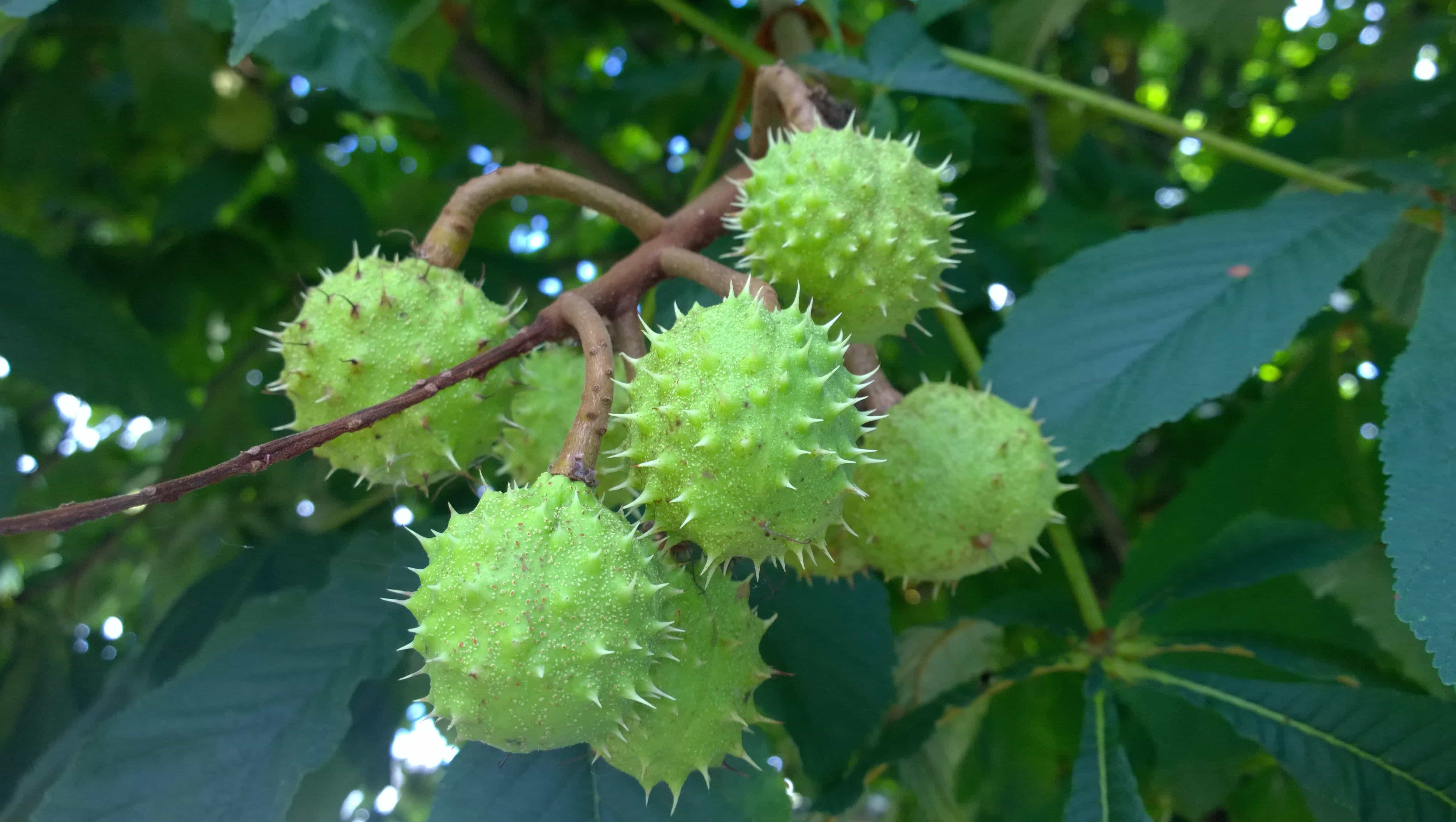Proper Planting Of Tropical Plants, Article
페이지 정보
작성자 Ronda 작성일24-10-30 20:11 조회3회 댓글0건관련링크
본문
 The reason being most South Florida soils are poor; not more than sand or rocks or muck. The overwhelming majority of plants we use in South Florida landscapes usually are not native to Florida. Don't EVER Buy "potting soil" from locations like Home Depot or Target or K-Mart. These materials are very heavy, muck-like substances that usually value about $1.79 per bag. What it is advisable spend is extra like $8.00 - $12.00 per bag for high quality professional grade nursery mix primarily based on Canadian peat moss and a mixture of different organics plus Perlite. After you've got mixed your soil in your planting hole, take your new plant out of its plastic pot. Holding your hand round the base of the plant and turning the pot over most likely will do the trick. If not, use a pointy knife (to cut the pot's sides to release your plant from its pot).
The reason being most South Florida soils are poor; not more than sand or rocks or muck. The overwhelming majority of plants we use in South Florida landscapes usually are not native to Florida. Don't EVER Buy "potting soil" from locations like Home Depot or Target or K-Mart. These materials are very heavy, muck-like substances that usually value about $1.79 per bag. What it is advisable spend is extra like $8.00 - $12.00 per bag for high quality professional grade nursery mix primarily based on Canadian peat moss and a mixture of different organics plus Perlite. After you've got mixed your soil in your planting hole, take your new plant out of its plastic pot. Holding your hand round the base of the plant and turning the pot over most likely will do the trick. If not, use a pointy knife (to cut the pot's sides to release your plant from its pot).
 Your new plant Should be Placed in the opening so the highest of the soil in your panorama perfectly matches the top of the soil ball out of your new plant. Planting too high or too low very often will kill your plant (slowly) or not less than trigger a condition where the plant is never prosperous. Take your water hose and mainly flood your gap (with your new plant inside) about 3/four full. Next wait just a few moments till the water principally goes down and has been absorbed, then extra water and begin filling and packing soil into the areas around your new plant. Keep adding soil then water, soil then water and pack all of it in. Firming your soil into your gap with your hands, your footwear, a 2X4, etc. is essential to eliminate all air pockets and to make 100% contact with the plant's soil ball and your surrounding soil. Firm your soil in as you add soil to your gap.
Your new plant Should be Placed in the opening so the highest of the soil in your panorama perfectly matches the top of the soil ball out of your new plant. Planting too high or too low very often will kill your plant (slowly) or not less than trigger a condition where the plant is never prosperous. Take your water hose and mainly flood your gap (with your new plant inside) about 3/four full. Next wait just a few moments till the water principally goes down and has been absorbed, then extra water and begin filling and packing soil into the areas around your new plant. Keep adding soil then water, soil then water and pack all of it in. Firming your soil into your gap with your hands, your footwear, a 2X4, etc. is essential to eliminate all air pockets and to make 100% contact with the plant's soil ball and your surrounding soil. Firm your soil in as you add soil to your gap.
Mesoporous silica of SBA-15 sort was modified for the first time with 3-(trihydroxysiyl)-1-propanesulfonic acid (TPS) by submit-synthesis modification involving microwave or conventional heating with a purpose to generate the Brønsted acidic centers on the material floor. The samples structure and composition had been examined by low temperature N2 adsorption/desorption, XRD, HRTEM, elemental and thermal analyses. The floor properties were evaluated by esterification of acetic acid with n-hexanol used as the test reaction. A much increased efficiency of TPS species incorporation was reached with the applying of microwave radiation for 1 h than typical modification for 24 h. It was discovered that the construction of mesoporous support was preserved after modification utilizing each strategies applied in this examine. Materials obtained with the usage of microwave radiation showed a superior catalytic activity and high stability. Working on a manuscript? The construction of those solids is characterized by comparatively large floor area, e.g. One thousand m2 g−1, and the presence of hexagonal channels regular in size.
The diameter of the channels will be designed by the application of different form of organic templates that play a task very just like that of structure directing agent (SDA) in the course of zeolite synthesis. Much consideration has been devoted to the event of recent catalysts based mostly on silica mesoporous construction and showing acidic properties. The advantage of one-pot synthesis modification methodology is that the oxidation of thiol species takes place in the course of the synthesis of mesoporous materials using hydrogen peroxide as an oxidizing agent. It's necessary to generate the acidic SO3H species. For post-synthesis modification of ordered mesoporous silica with MPTMS, the oxidation of thiol species needs to be performed in a separate step, after MPTMS immobilization. The oxidation course of often involves an excess of hydrogen peroxide. On this particular work the esterification of acetic acid with n-hexanol was utilized as a check reaction. Beside the dedication of acidity of catalysts the product of over-mentioned process, i.e. hexyl acetate, is a priceless product, which can be utilized as an example as a solvent or paint additive.
In this examine the problem with the organosilane removing throughout oxidation of thiol species after publish-synthesis modification was overcome by the application of various form of organosilane modifier, i.e. 3-(trihydroxysiyl)-1-propanesulfonic acid (TPS), which has already SO3H groupings in its construction. To the better of our knowledge this modifier has not been utilized for the technology of acidic catalysts utilizing the submit-synthesis modification procedure. The aim of this research was not solely to obtain an environment friendly acidic catalyst but in addition to considerably shorten the time of modification. In this research the supplies were prepared in a much shorter time, i.e. 1 h, with the applying of microwave heating or using the standard modification procedure. All chemicals and supplies used were purchased from commercially obtainable sources and used without additional purification. 99%), toluene (anhydrous) had been purchased from Sigma-Aldrich. 3-(trihydroxysiyl)-1-propanesufonic acid (30-35% in water) was purchased from Gelest. HCl (35%) and warpseed - rafaeljsze68024.loginblogin.com - acetic acid have been procured from Chempur.
댓글목록
등록된 댓글이 없습니다.









